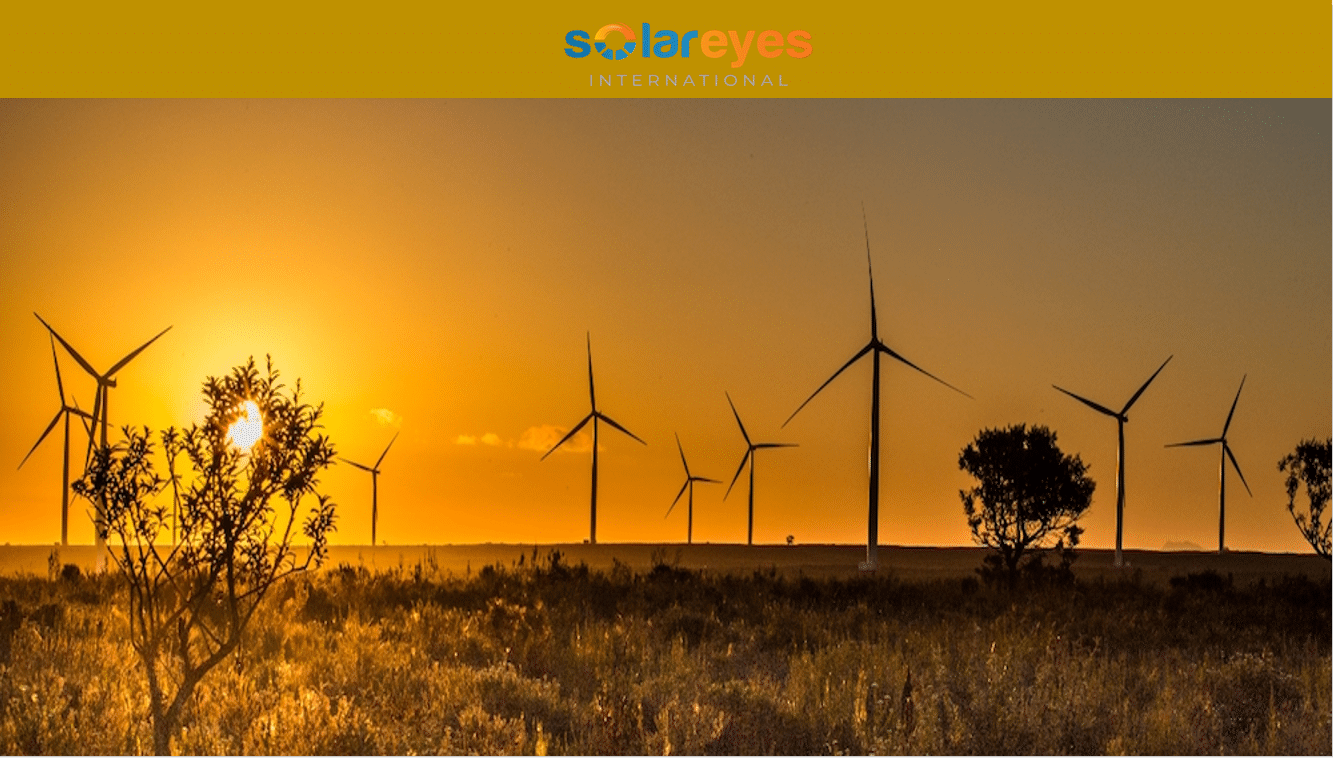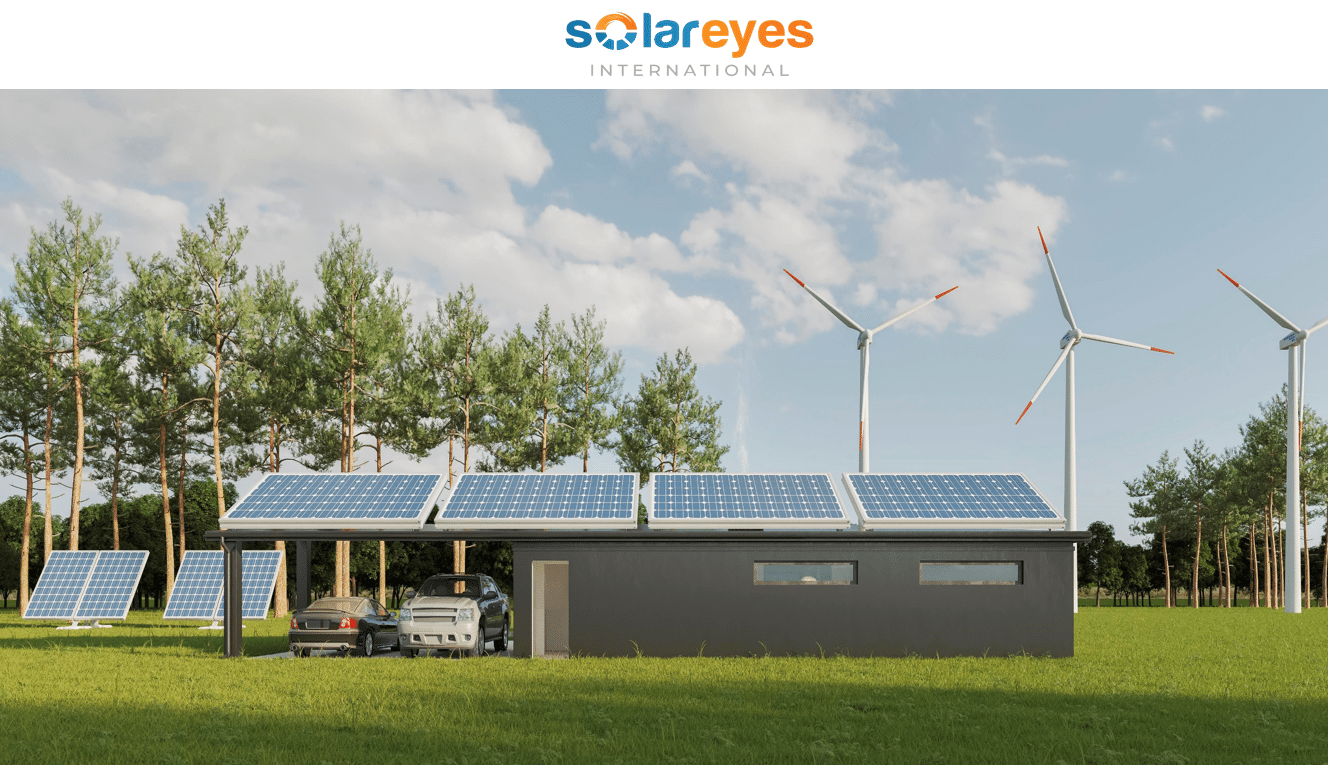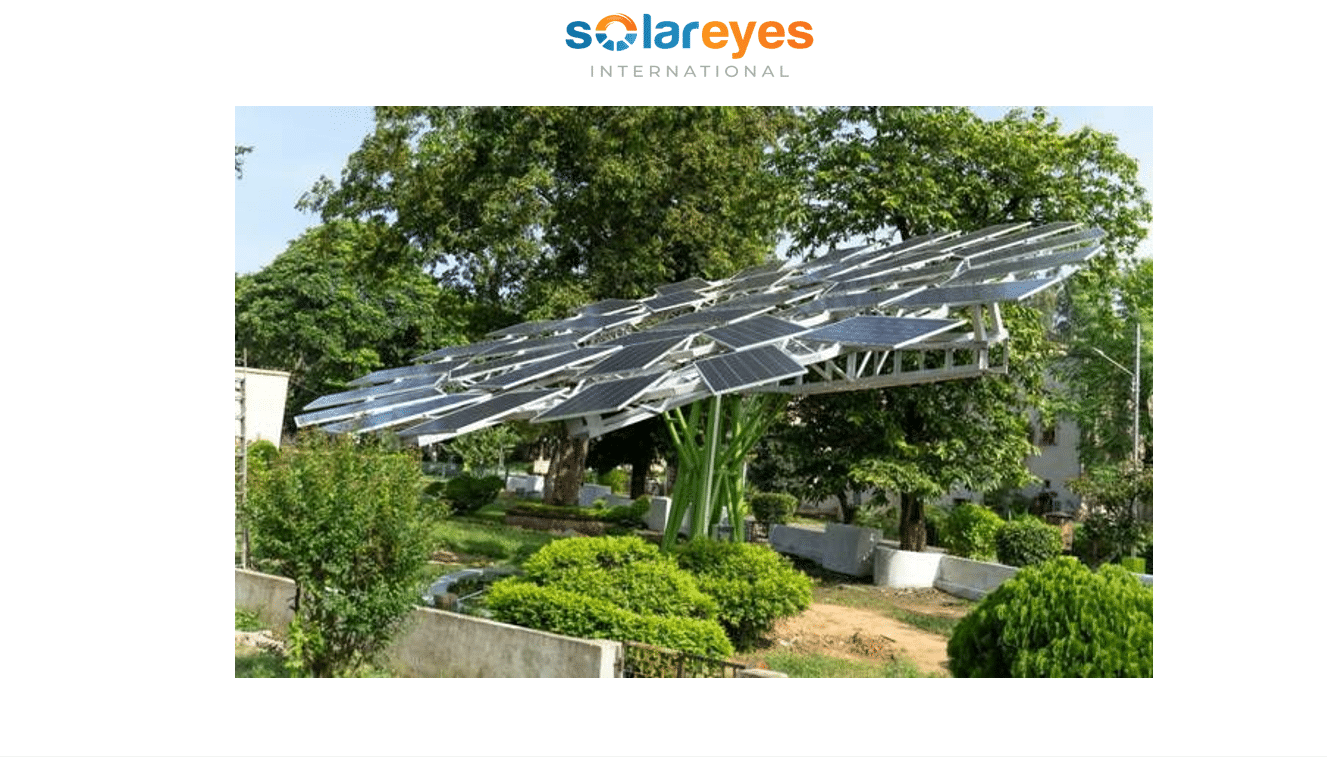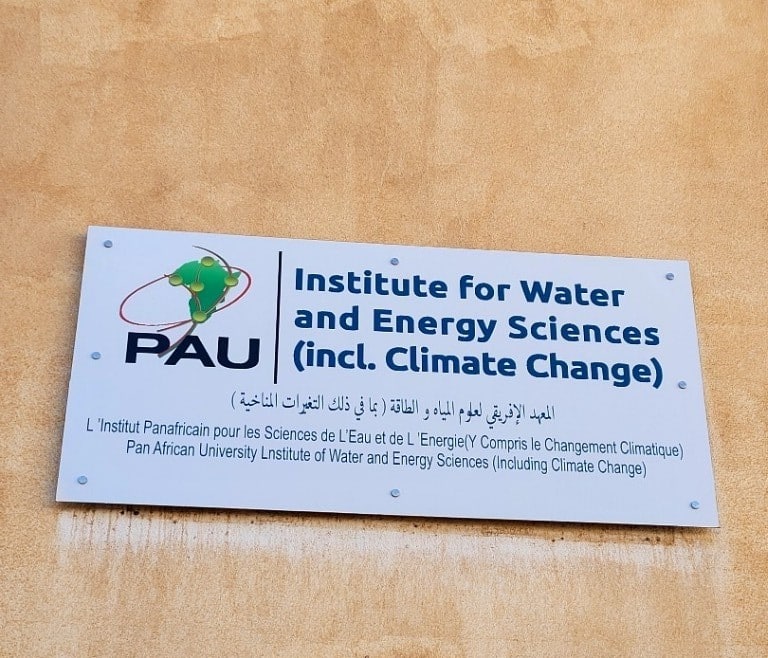Hybrid Projects Innovations – A deep dive into Pumped Hydro Storage in Europe
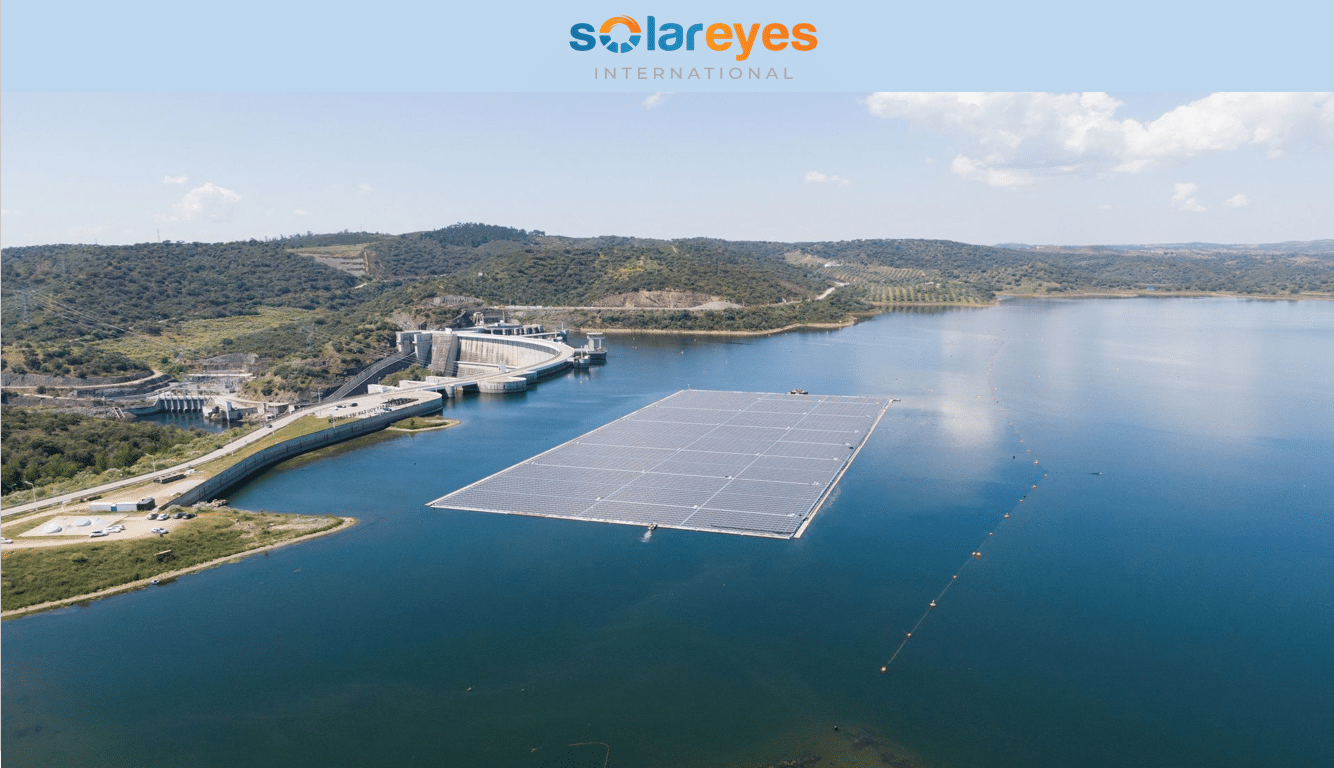
Innovations of Hybrid Projects including Pumped Hydro Storage in Europe
The global shift towards sustainable energy sources has brought forth an era of innovation and exploration in the energy sector. With the pressing need to reduce carbon emissions and combat climate change, a growing emphasis is being placed on the development of renewable energy solutions that are both reliable and scalable.
In this pursuit, hybrid projects combining pumped hydro storage with wind and solar energy have emerged as a promising path towards a cleaner and more sustainable future.
Pumped Hydro Storage (PHS)
A pumped hydro storage (PHS) facility typically uses electricity to pump water uphill into a reservoir when demand and prices are low, and then allows water to flow downhill through turbines to produce electricity when demand and prices are higher. With 161 gigawatts (GW) of total global storage capacity, during the course of the next 30 years, 850 GW of new installed capacity will be needed(IRENA, 2019b).
Solar Waves of Change: Revolutionizing Energy Access in Rural South Africa
In order to move to renewable energy sources, especially wind and solar, power networks must be more flexible. Due to the seasonal nature of wind and solar power, more storage is required to ensure that demand can be satisfied at all times. PHS can offer long-term energy storage at a reasonable price and offers additional benefits such the ability to store freshwater.
Both mechanical and digital PHS station functioning have advanced as a result of innovation. The capital and operational expenses of PHS systems have decreased, making them more appealing to potential investors. Additionally, with rising variable renewable energy system share, PHS can be a useful facilitator of rising flexibility.
Variable renewable energy technologies are incorporated into PHS facilities by installing floating photovoltaic (PV) systems in the upper and lower reservoirs, resulting in a hybrid design that can utilize current high-voltage grid connections.
Empowering Côte d’Ivoire: The Role of NGOs in Advancing Renewable Energy
Schemes with floating PV, where PV panels are installed on water instead of land, can offer additional potential benefits, such as: increasing the efficiency and productivity of land and water use reducing evaporation losses, especially in the case of floating solar increasing solar cell efficiency through water cooling.
The data mentioned below in this article is taken from IRENA’s innovative operation of pumped hydro storage landscape brief.
Existing Examples of Pumped Hydro Storage Systems in Europe
1. Max Bögl Group Pumped Hydro Storage System in Gaildorf, Germany
A design that is currently being developed includes smaller PHS reservoirs at the base of wind turbines to provide each turbine its own storage capacity. An example of this is the pilot project in Gaildorf, Germany.
The reservoirs are connected to a pumped-storage power facility in the valley that can produce up to 16 MW of power via an underground penstock. The power plant’s electrical storage capacity is planned to be a total of 70 MWh. The top reservoirs are used to store excess wind energy, which helps to even out the output of wind production (Max Boegl).
2. Gorona del Viento Wind-PHS Hybrid Power Plant
El Hierro, in the Canary Islands, Spain, has lessened its reliance on diesel generators thanks to the Gorona del Viento wind-PHS hybrid power plant. The plant is connected to five wind turbines with a combined producing capacity of 11.3 MW.
This has been accomplished by pumping water utilizing excess wind energy output to the PHS facility’s upper reservoir and then using the PHS facility to supply the energy demand when wind speeds are insufficient to produce enough energy. The project helped the island of El Hierro achieve 56% wind power in 2018. For 24 straight days in August 2019, all of the island’s energy needs were satisfied by renewable resources.
3. Alto Rabagao Floating Solar PV-Pumped Hydro Hybrid System, Portugal
The floating solar PV plant integrated into an existing PHS facility in Alto Rabagao, Portugal, is a case worth mentioning. This 68 MWp hybrid PV and hydroelectric dam power plant system is the first of its kind in the world.
The overall power output of the 840 PV panels in this pilot project is 220 kW, and its annual energy output is predicted to be 300 MWh. In its first year of testing, this plan produced 15 MWh more than anticipated demonstrating its viability.
4. Mina de Orgueirel Plant, Portugal
Another example comes from Portugal where EDP Renewables (EDPR) has combined wind and energy production on a single site by making its first international hybrid plant to the grid. In order to fully utilize the existing infrastructure the Mina de Orgueirel Solar Plant, which has a direct connection to the substation, was established close to the Mosteiro Wind Park in Portugal.
Solar Empresses: Reigniting South Africa’s Future through Women’s Solar Entrepreneurship
More than 17,000 bifacial solar panels are used in this new solar facility, which has an installed capacity of 8.4 MW. The wind park has eight turbines with an installed capacity of 11 MW. The combination of the two distinct technologies in this park, the first of its kind on the Iberian Peninsula, will help increase the amount of renewable energy on the electrical grid.
Conclusion
Hybrid projects serve as hotbeds for innovation and technological advancements. They encourage research and development efforts to optimize the integration and control of different energy sources, storage systems, and grid management strategies.
The synergistic collaboration between these technologies fosters the creation of novel solutions and paves the way for increased efficiency, cost-effectiveness, and scalability of renewable energy systems. As society embraces the urgent need for clean and sustainable energy, hybrid projects emerge as catalysts for change, steering us towards a future powered by nature itself.
————-THE END—————-
This article was written by Shqipe Asani who is a SolarEyes Contributor. More information about SolarEyes Contributors can be found on this link: https://solareyesinternational.com/solareyes-international-contributors/
FOLLOW US ON SOCIAL MEDIA
Follow us on LINKEDIN, FACEBOOK, TELEGRAM GROUP and WHATSAPP.
*** ALSO CHECK: HOW TO SIZE A SOLAR SYSTEM – 5 clear steps anyone can follow
HOW TO START A SOLAR COMPANY – do these 6 things and make money through solar
How to Identify Fake Solar Products
SOLAR PANEL LOSSES: All you Need to Know + Tips on how to avoid them
SOLAR PV MODULE MANUFACTURING PROCESS EXPLAINED – from solar cells to solar panel
10 Surprising Ways Solar Energy Can Save You Money Today!
Opportunities for Solar Energy Development in Europe
Solar Empresses: Reigniting South Africa’s Future through Women’s Solar Entrepreneurship


